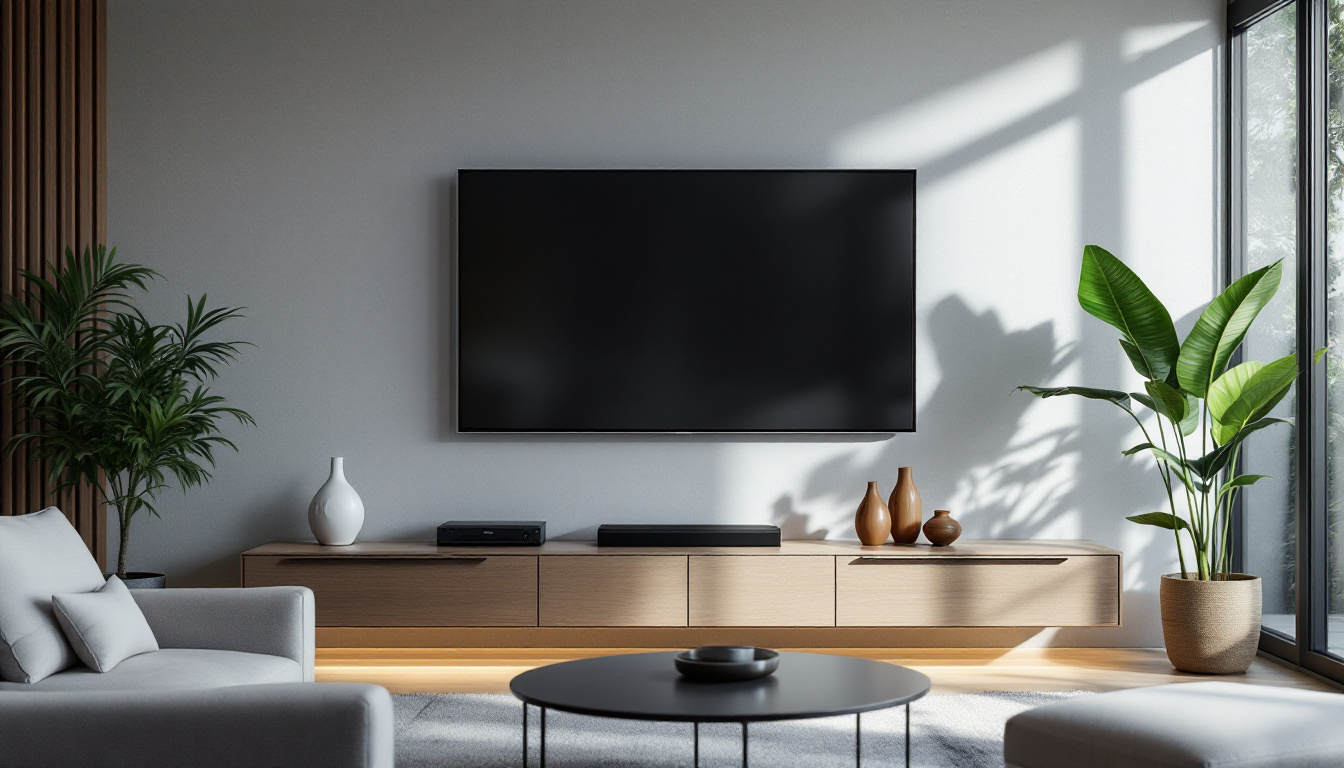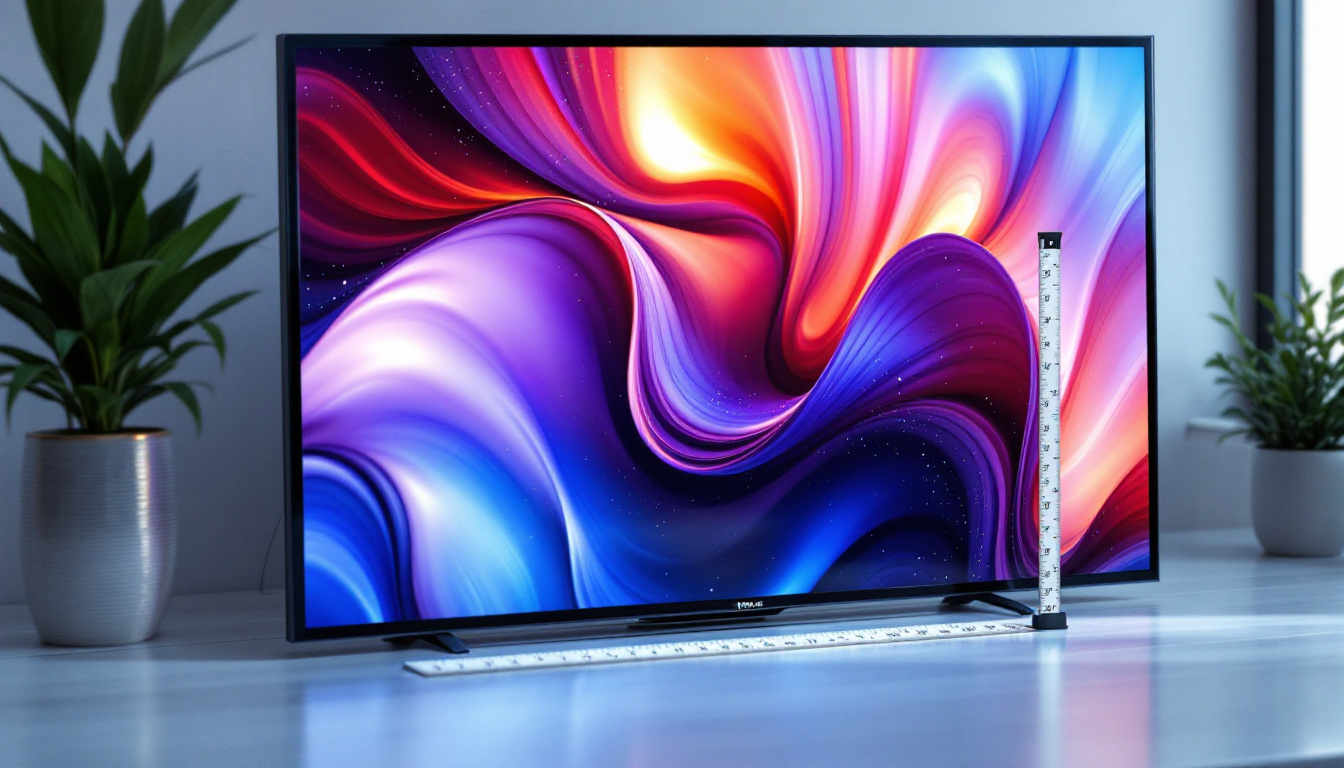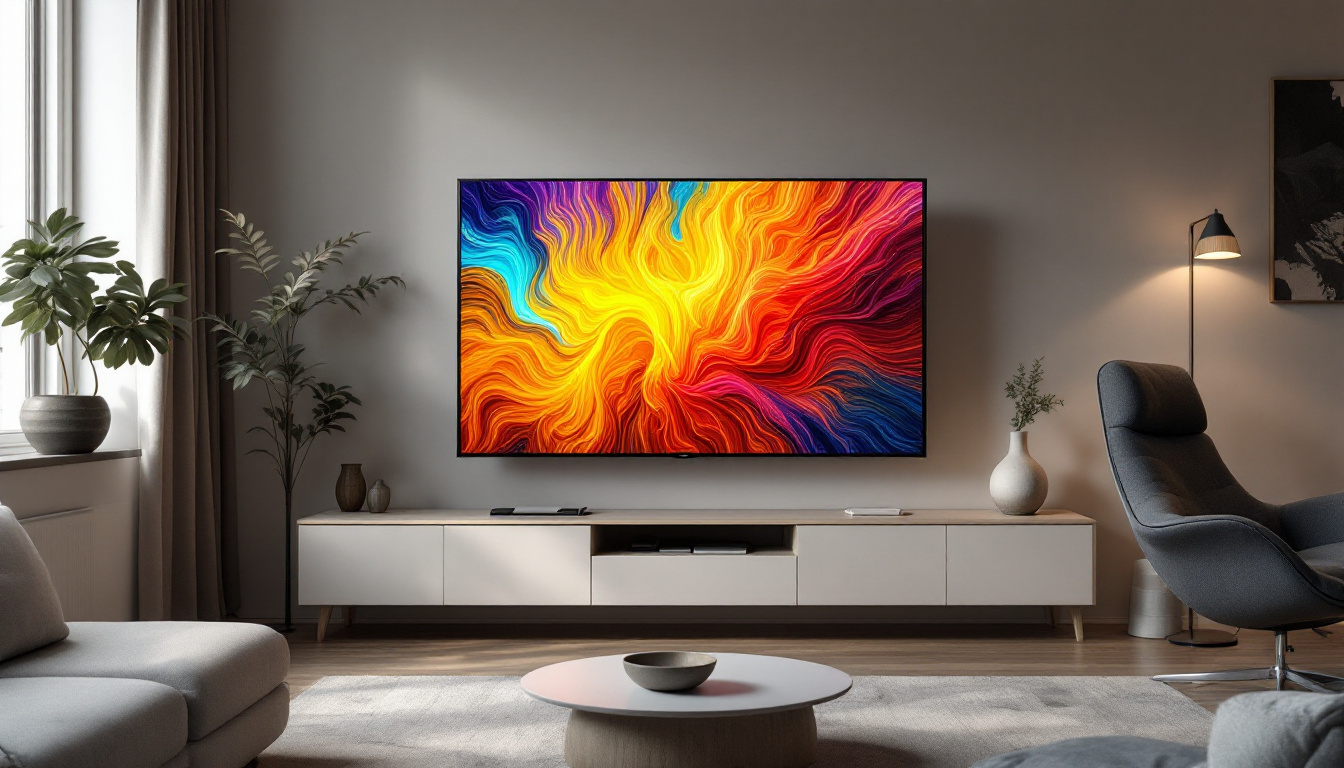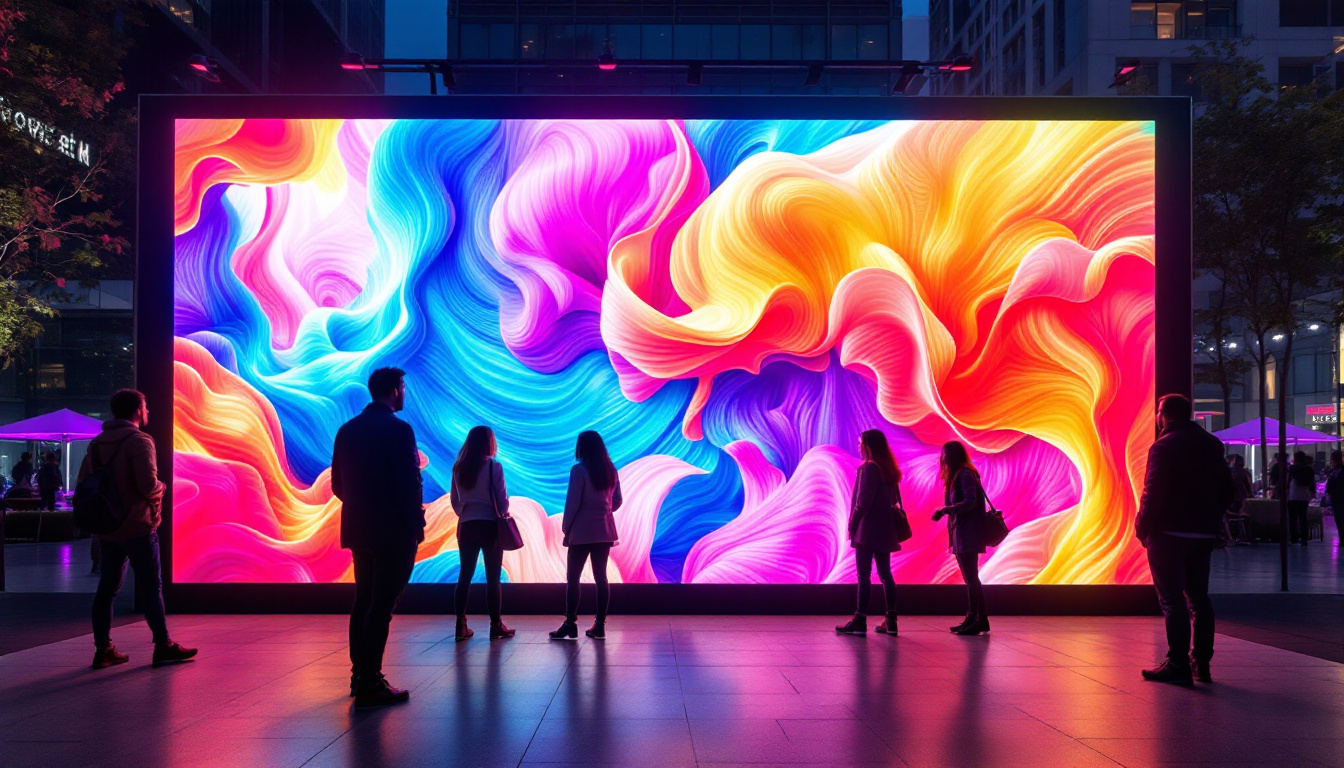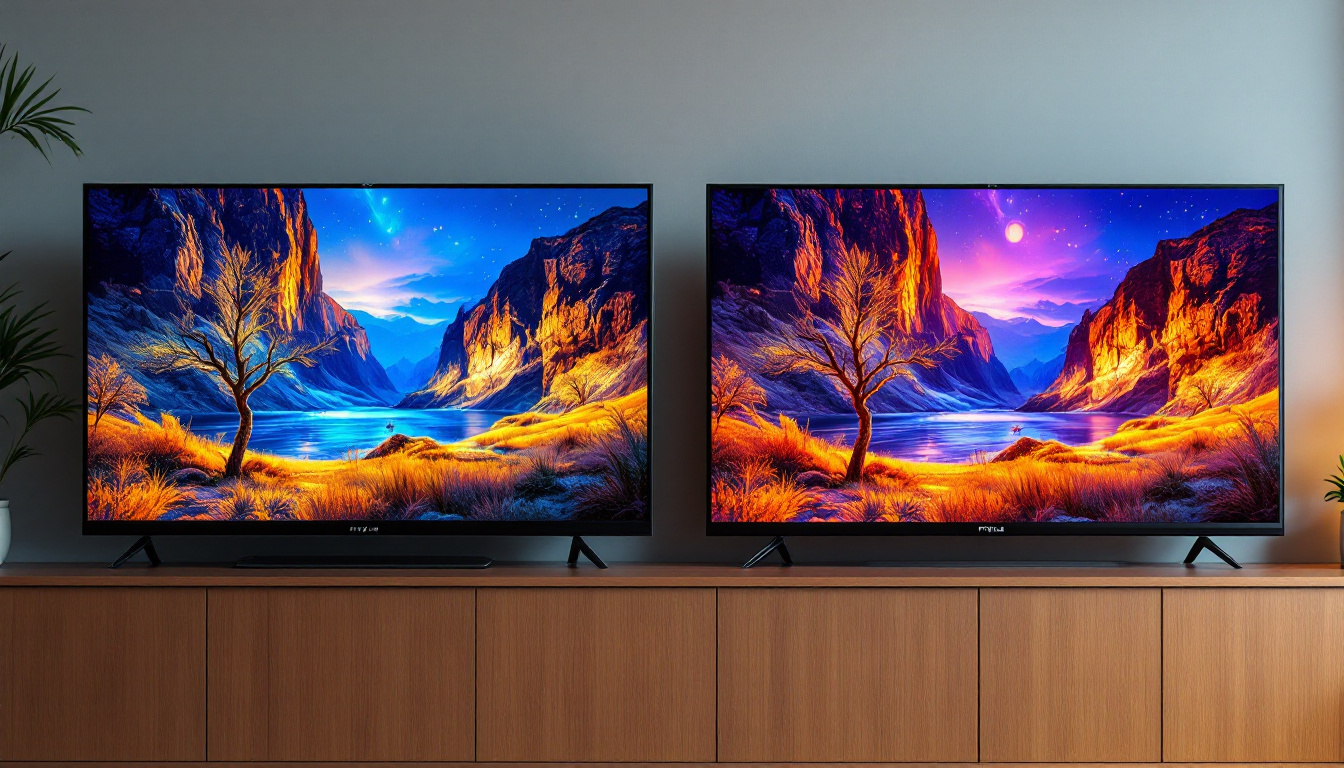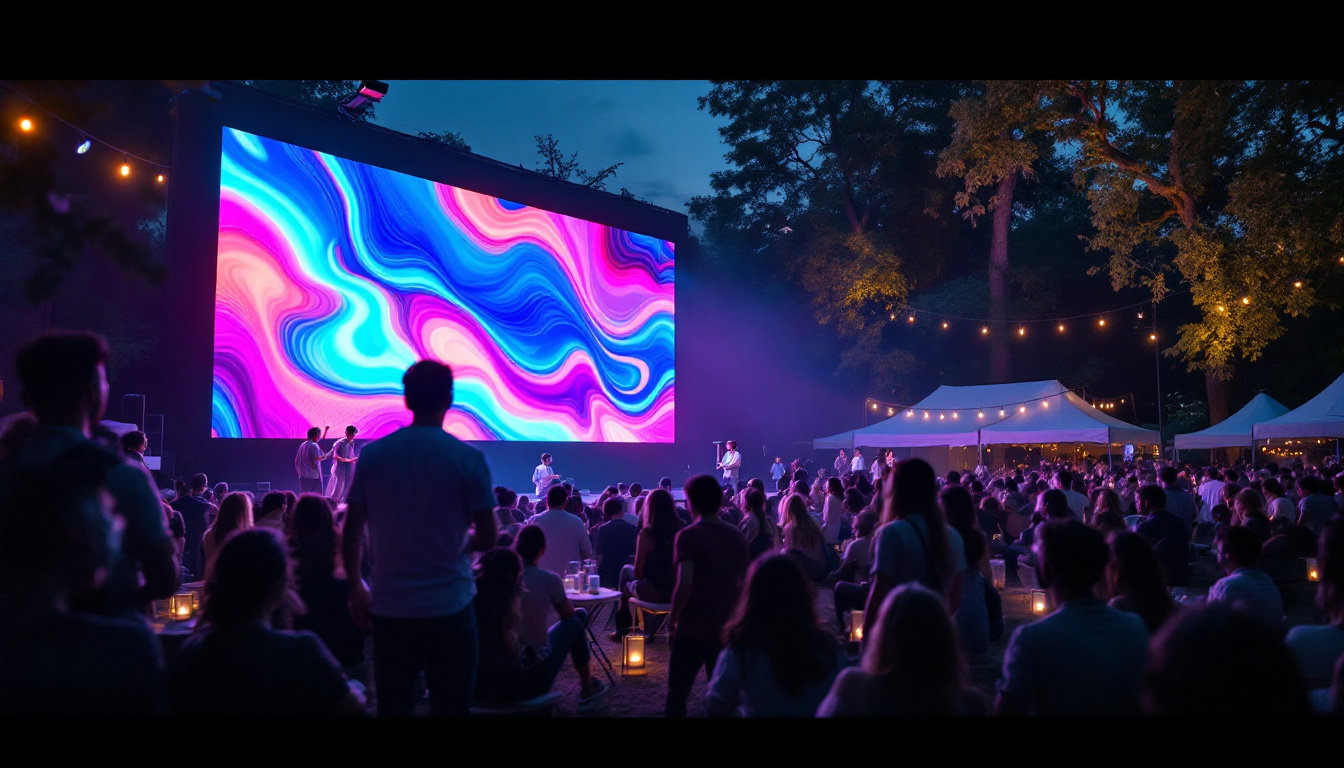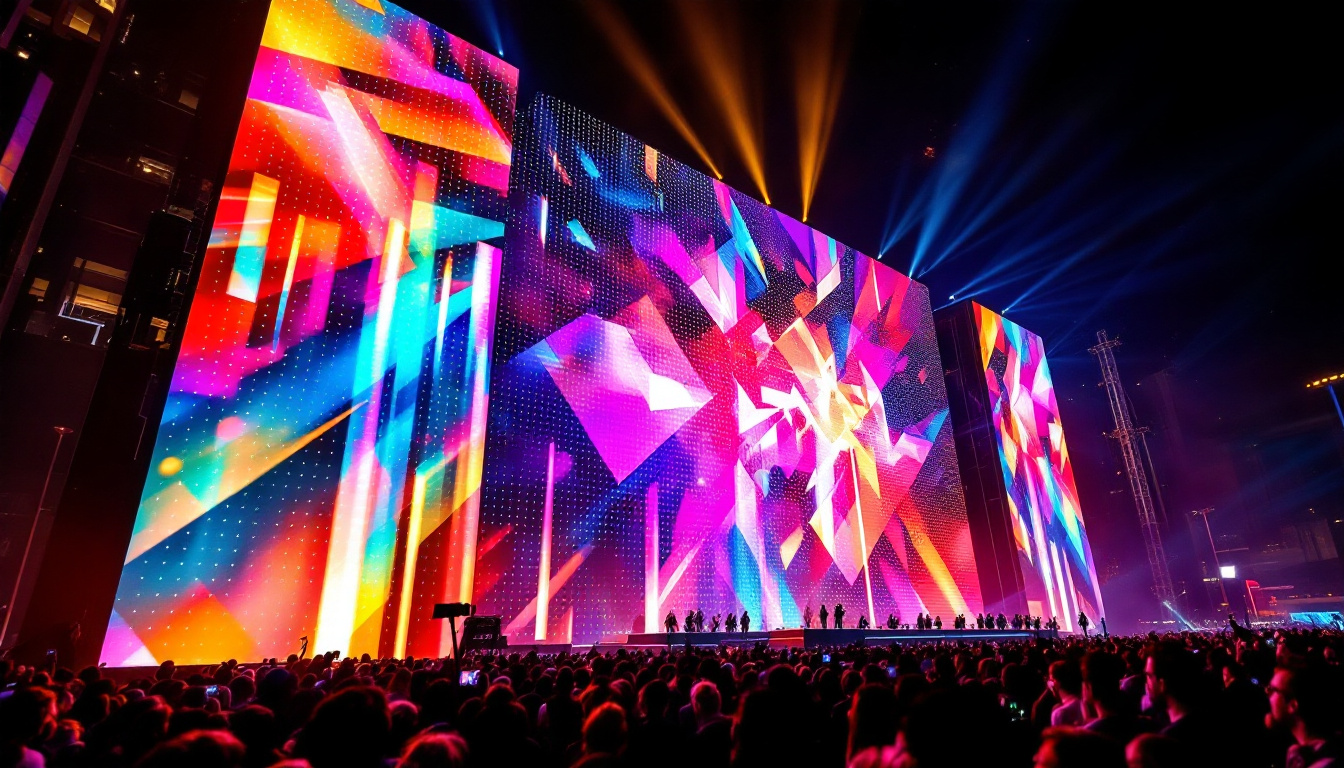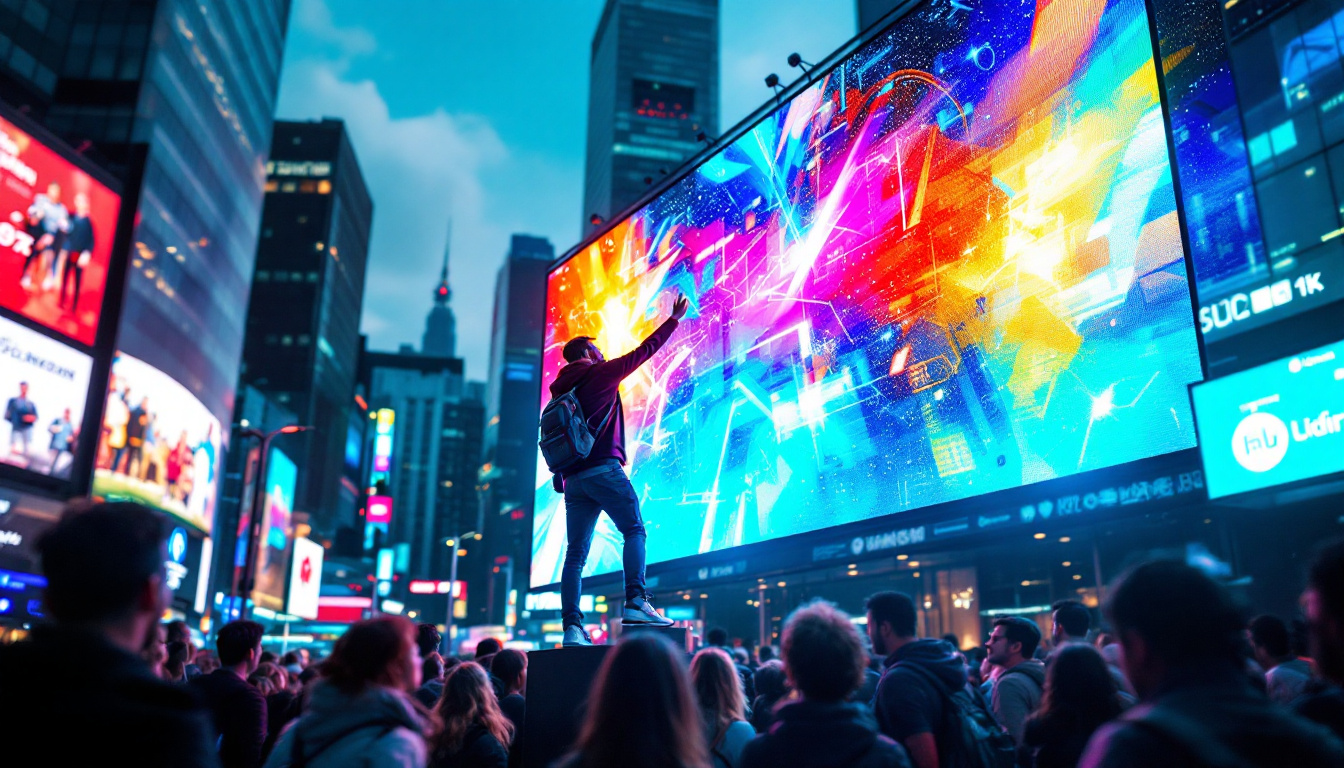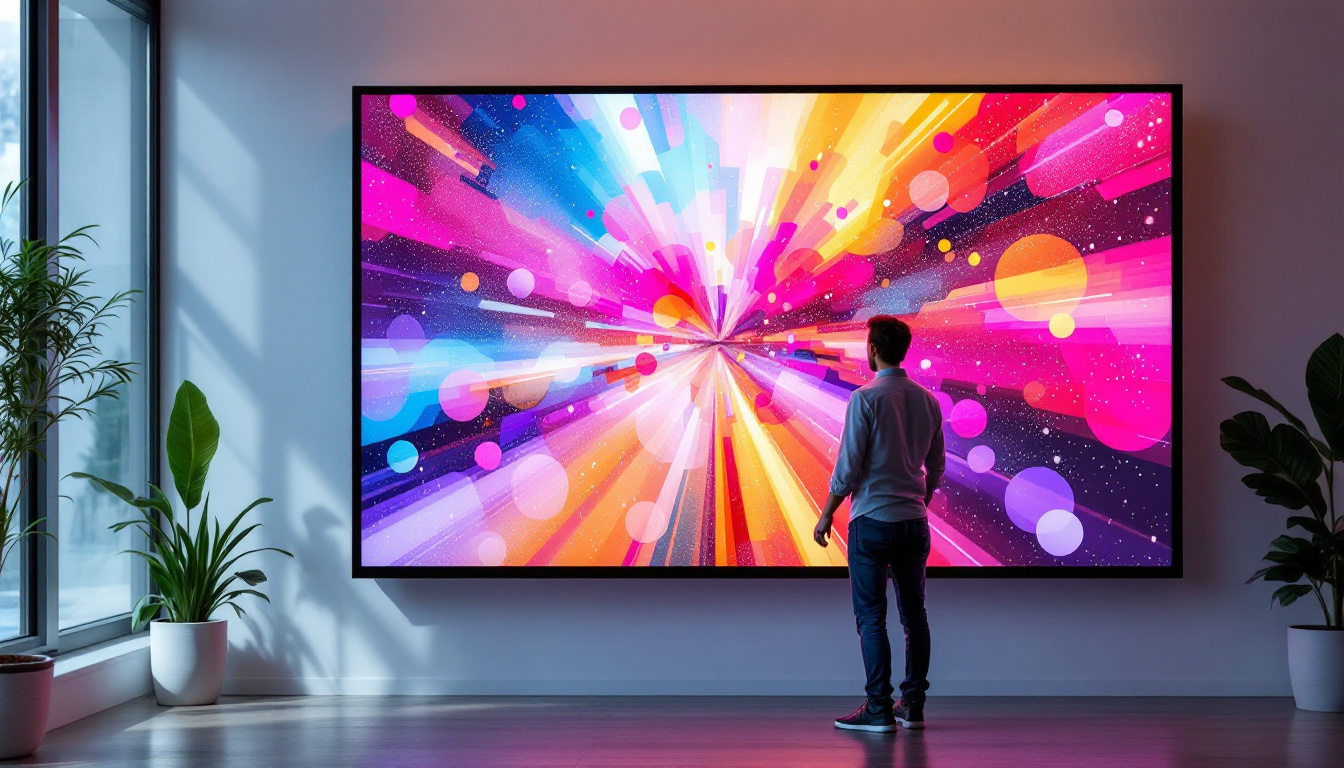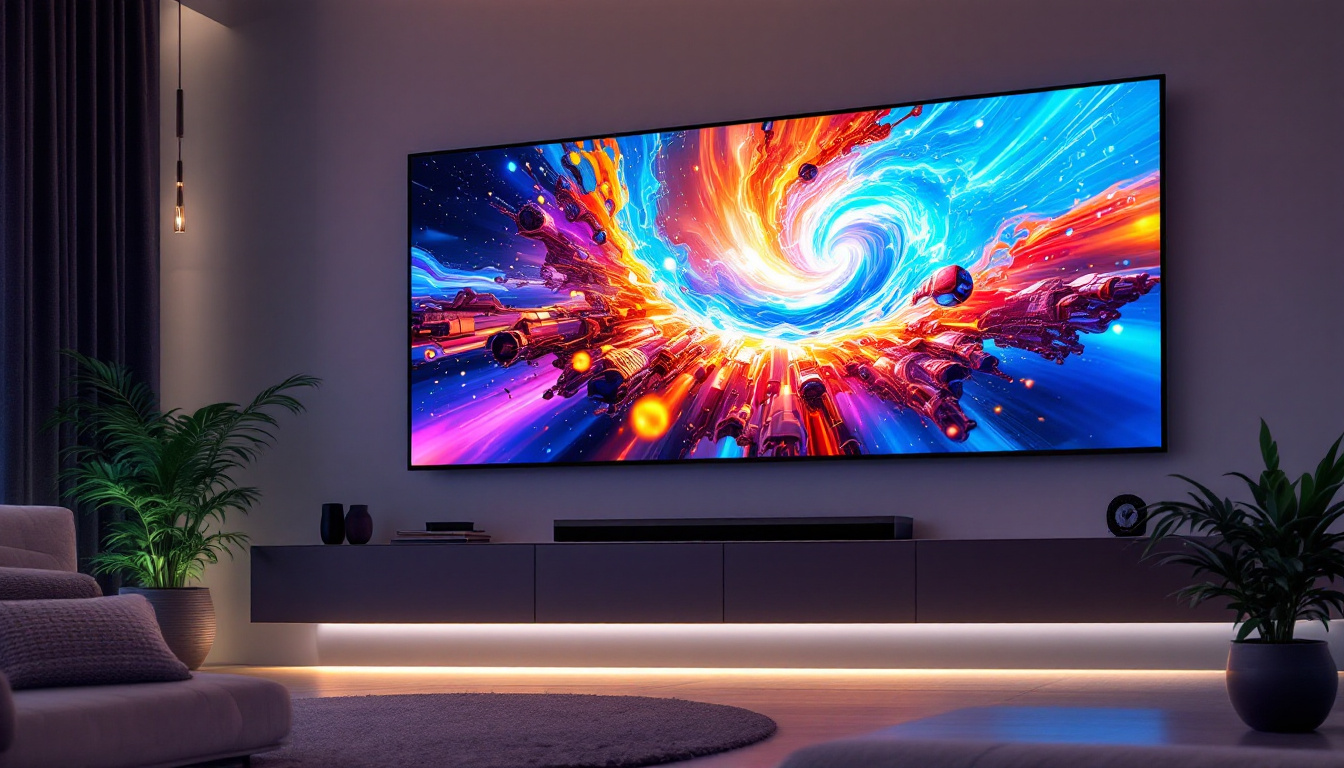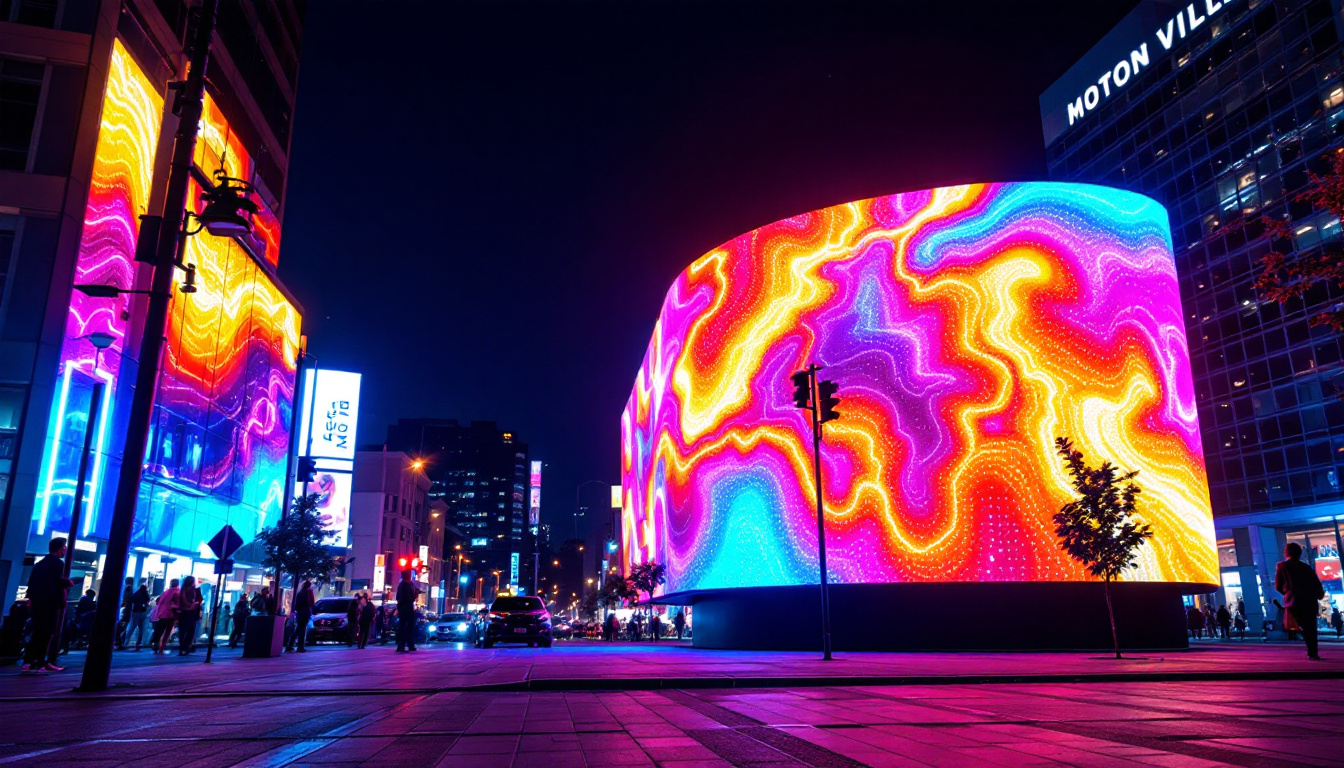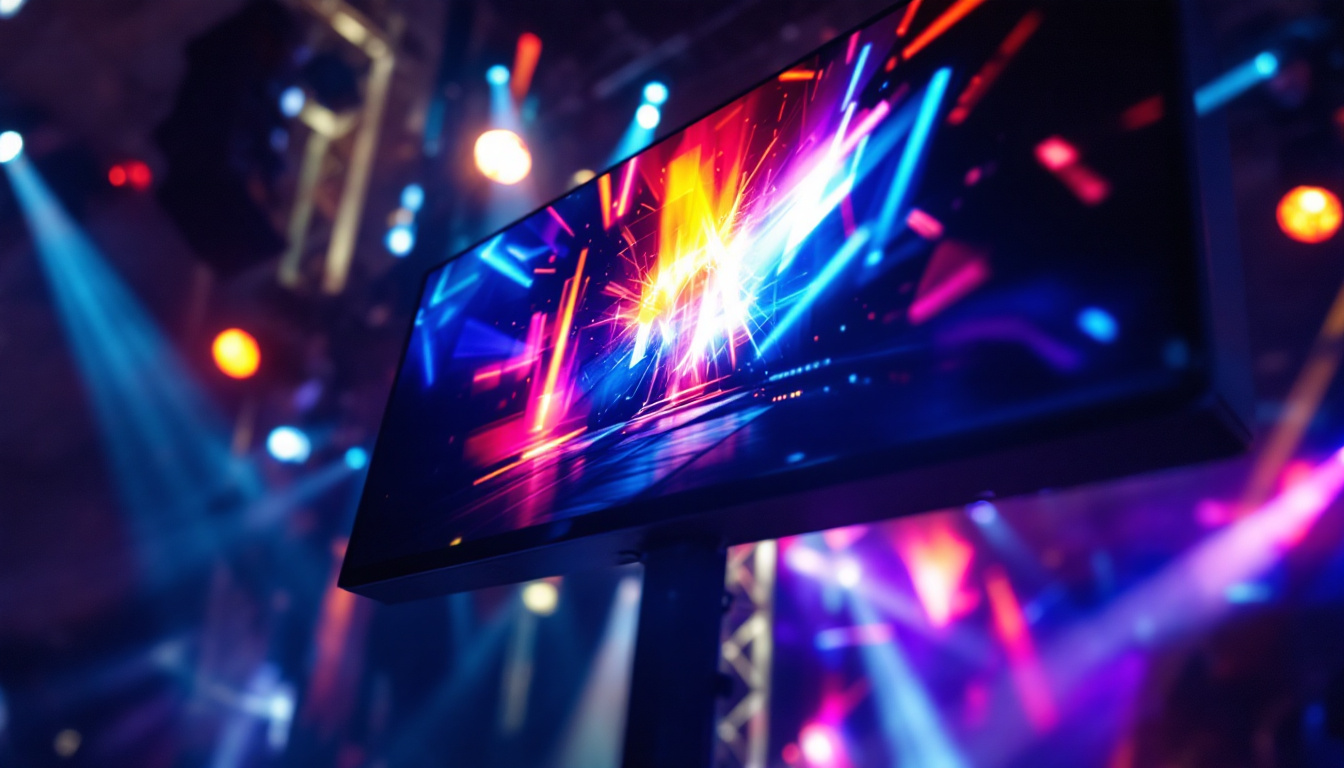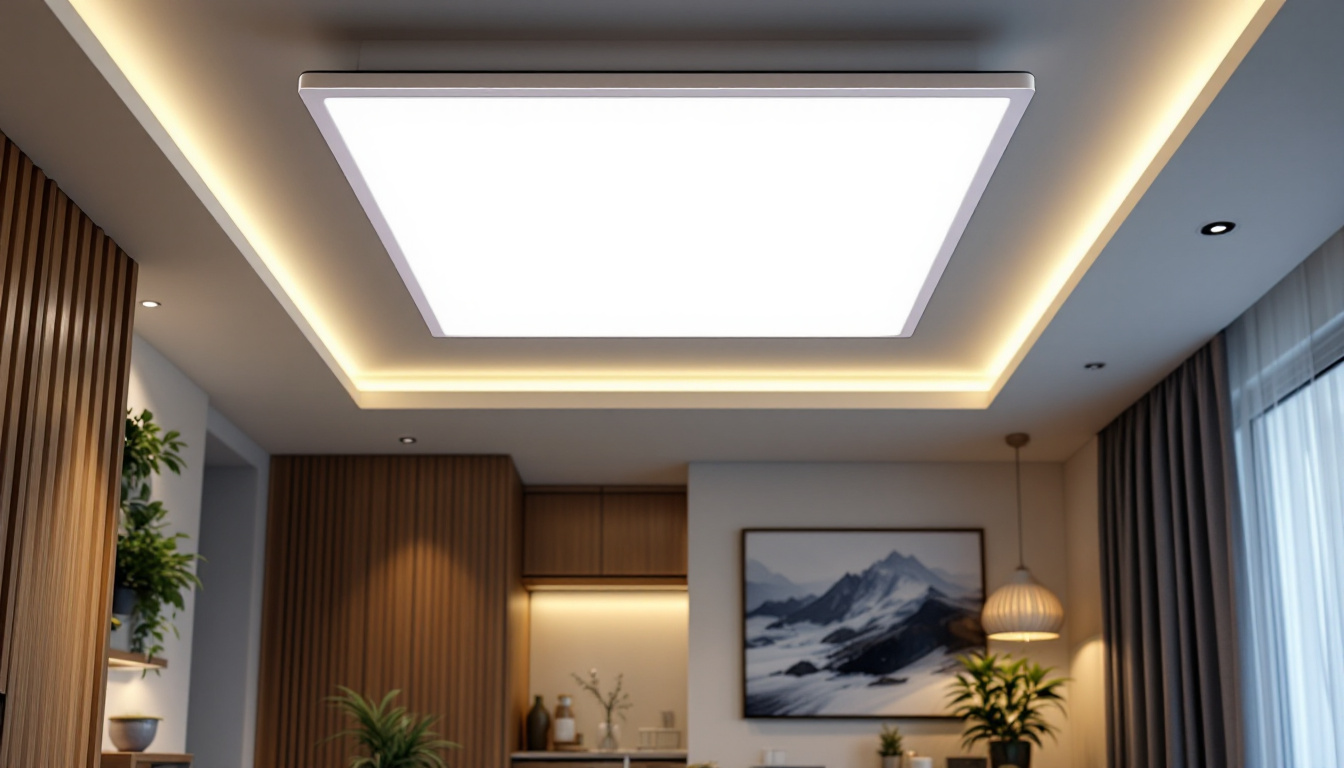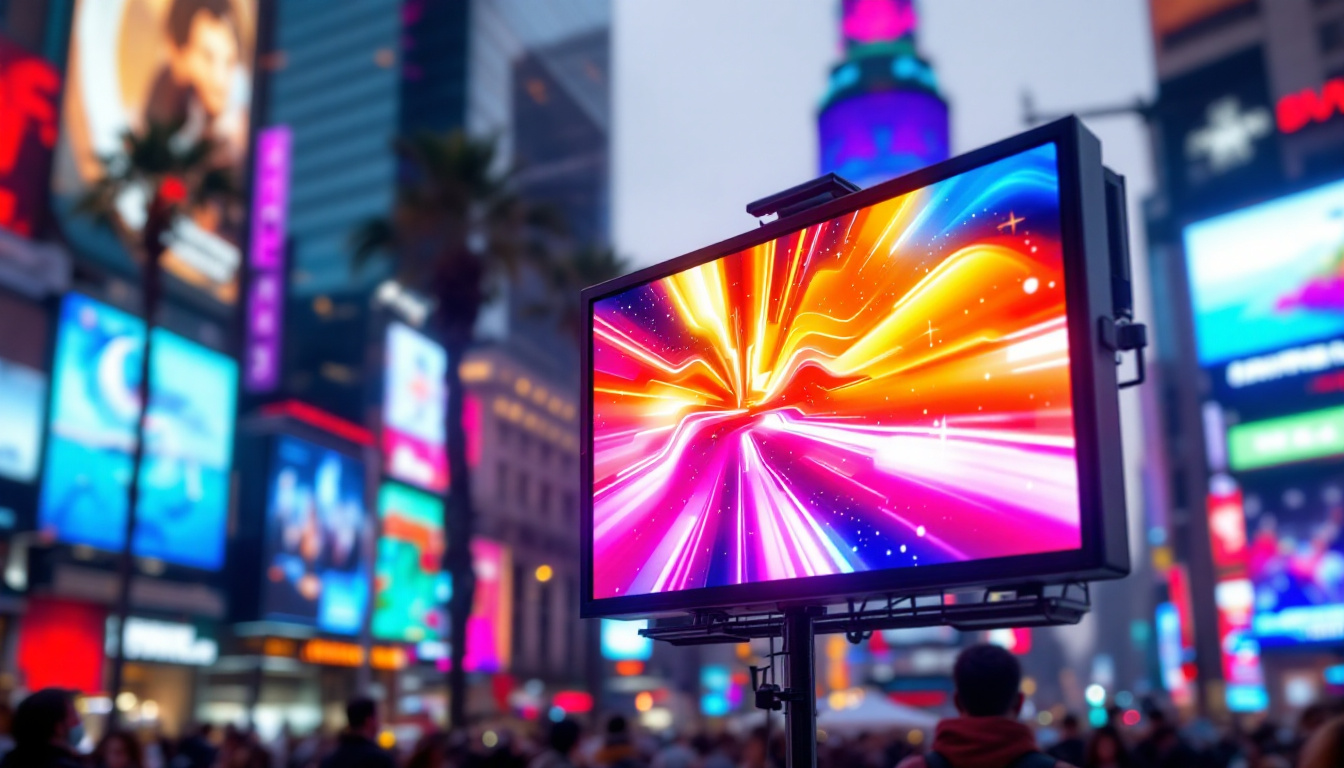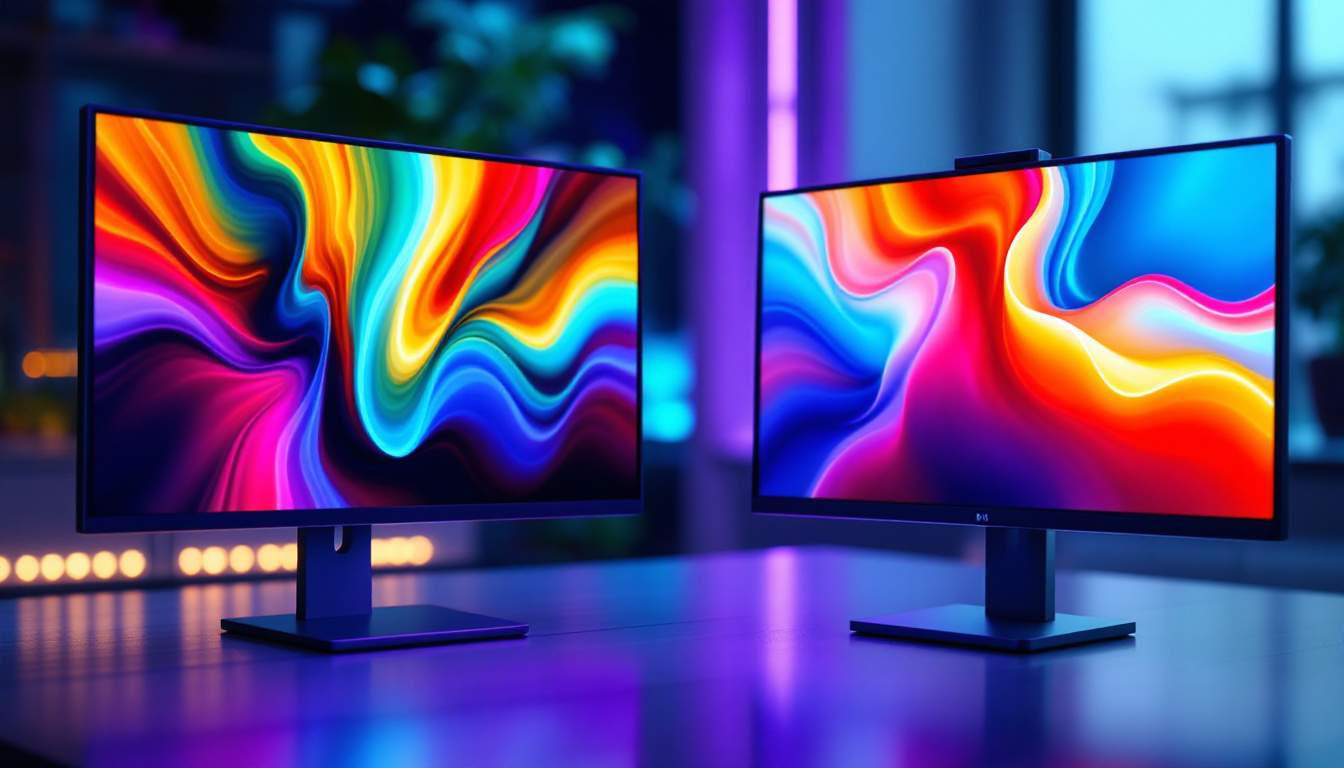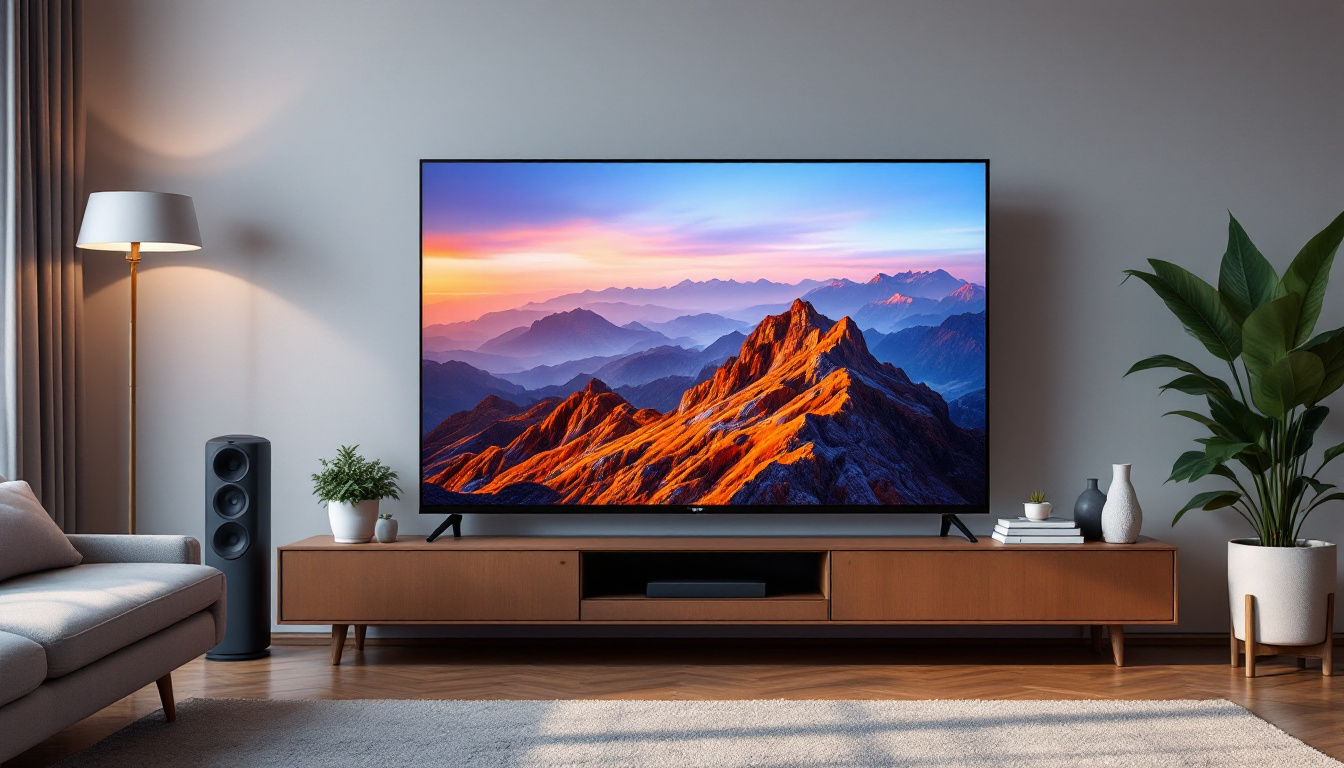In the modern world of entertainment, LED displays have become a staple in homes, offices, and public spaces. Their vibrant colors, energy efficiency, and slim profiles make them an attractive choice for anyone looking to enhance their viewing experience. However, the way these displays are mounted can significantly impact their performance and aesthetics. This article delves into the various aspects of TV support for walls, focusing on LED displays and the best practices for installation.
Understanding LED Displays
LED (Light Emitting Diode) displays have revolutionized the way content is viewed. Unlike traditional LCD screens, which use fluorescent backlighting, LED displays utilize tiny diodes that emit light when an electric current passes through them. This technology not only allows for thinner screens but also enhances brightness and color accuracy. The compact nature of LED technology has enabled manufacturers to create ultra-slim models, which are not only aesthetically pleasing but also save valuable space in homes and offices.
Advantages of LED Technology
One of the primary benefits of LED displays is their energy efficiency. They consume less power compared to older technologies, making them an environmentally friendly option. Additionally, LED displays offer superior contrast ratios, meaning deeper blacks and brighter whites, which enhance the overall viewing experience. This improved contrast is particularly noticeable in dark scenes, where details can be discerned more clearly, providing a more immersive experience for viewers.
Furthermore, LED displays have a longer lifespan. With proper care, they can last for over a decade, reducing the need for frequent replacements. This longevity, combined with their decreasing prices, makes them a cost-effective choice for consumers. The durability of LED technology also means that they are less prone to screen burn-in, a common issue with older display technologies, allowing for varied content without the worry of permanent image retention.
Types of LED Displays
There are several types of LED displays available on the market, each catering to different needs. The most common types include:
- Standard LED: These are the most widely used and are suitable for everyday viewing.
- OLED: Organic LED displays offer superior picture quality and are known for their ability to produce true blacks, thanks to their self-emissive nature, which allows each pixel to turn off completely.
- QLED: Quantum Dot LED displays enhance color accuracy and brightness, making them ideal for bright environments. This technology uses quantum dots to improve color reproduction, resulting in a more vibrant and lifelike picture.
Choosing the right type depends on individual preferences, viewing conditions, and budget considerations. For instance, while OLED displays are often favored by cinephiles for their exceptional contrast and color depth, QLED displays might be the preferred choice for gamers who require high brightness levels and fast refresh rates. Additionally, advancements in LED technology continue to emerge, such as Mini-LED and Micro-LED displays, which promise even greater performance and efficiency, pushing the boundaries of what is possible in display technology.
Choosing the Right Wall Mount
Once you have selected your LED display, the next step is to determine how to mount it. The right wall mount not only ensures safety but also enhances the overall viewing experience. There are several types of wall mounts available, each with its own advantages and disadvantages.
Fixed Wall Mounts
Fixed wall mounts are the simplest and most affordable option. They hold the TV flat against the wall, providing a clean and sleek appearance. However, they do not allow for any adjustments once installed. This type of mount is ideal for those who have a designated viewing area and do not require flexibility in positioning. Fixed mounts are particularly popular in home theaters or dedicated media rooms where the seating arrangement is set and the viewing angle is predetermined. Additionally, they often come with a low-profile design, which can help to minimize the visual impact of the TV when it’s not in use.
Tilting Wall Mounts
Tilting wall mounts offer a slight angle adjustment, allowing viewers to tilt the TV downward for better viewing from a seated position. This feature is particularly useful in rooms with high ceilings or when the TV is mounted above eye level. While they are slightly more expensive than fixed mounts, the added flexibility can enhance comfort during viewing. Moreover, tilting mounts can help reduce glare from overhead lights or windows, making them a practical choice for bright rooms. They also tend to be easier to install than full-motion mounts, making them a popular compromise between cost and functionality for many homeowners.
Full-Motion Wall Mounts
For those who want the ultimate flexibility, full-motion wall mounts are the best option. These mounts allow the TV to swivel, tilt, and extend from the wall, providing the ability to adjust the viewing angle based on the viewer’s position. While they are the most expensive option, they offer unparalleled versatility, making them ideal for multi-purpose rooms or large spaces. Full-motion mounts are particularly beneficial in open-concept living areas where seating arrangements may vary, allowing viewers to easily reposition the TV for optimal viewing from different angles. Additionally, many full-motion mounts come equipped with cable management systems, helping to keep wires organized and out of sight, which contributes to a tidy and modern look.
Installation Considerations
Proper installation of a wall-mounted LED display is crucial for safety and performance. Several factors must be considered to ensure a successful installation.
Wall Type and Stud Location
The type of wall plays a significant role in determining the mounting method. For instance, drywall is the most common material used in homes, but it may not support heavy TVs without additional reinforcement. It is essential to locate the wall studs, as these provide the necessary support for the mount. Using a stud finder can simplify this process. In cases where the wall is made of concrete or brick, specialized anchors and mounting brackets are required to ensure a secure fit. Additionally, understanding the wall’s load-bearing capacity can prevent potential accidents and damage to both the TV and the wall itself.
Height and Viewing Angle
Determining the optimal height for mounting the TV is critical for an enjoyable viewing experience. A general rule of thumb is to position the center of the screen at eye level when seated. This height can vary based on the size of the TV and the furniture arrangement in the room. Additionally, consider the viewing angle; tilting the TV slightly can enhance comfort and reduce glare from windows or lights. It’s also important to take into account the distance from the seating area to the screen. A larger TV may require a greater distance to avoid eye strain, while smaller screens can be placed closer for a more immersive experience. Taking these factors into account will ensure that viewers can enjoy their favorite shows and movies without discomfort.
Cable Management
effective cable management is often overlooked during installation. Unsightly cables can detract from the sleek appearance of a wall-mounted TV. Several solutions are available, including cable covers, in-wall cable management systems, and wireless options. Planning for cable management during installation can create a clean and organized look. Furthermore, considering future needs is essential; as technology evolves, additional devices may need to be connected. Installing a few extra conduits or leaving space in cable management systems can save time and effort later on. Additionally, labeling cables can simplify troubleshooting and maintenance, making it easier to identify which cable belongs to which device. Proper cable management not only enhances aesthetics but also contributes to the longevity of the installation by reducing wear and tear on the cables themselves.
Enhancing the Viewing Experience
Once the LED display is mounted, there are additional steps that can be taken to enhance the viewing experience further. These include optimizing settings, incorporating sound systems, and creating the right ambiance.
Picture and Sound Settings
Modern LED displays come with various settings that can be adjusted to improve picture quality. Calibrating the brightness, contrast, and color settings can significantly enhance the viewing experience. Additionally, integrating a sound system can elevate the audio quality, making for a more immersive experience. Many users opt for soundbars or surround sound systems to complement their displays.
Lighting Considerations
The lighting in the room can greatly affect the viewing experience. Ideally, the room should have controlled lighting to minimize glare on the screen. Dimmable lights or smart lighting solutions can help create the perfect atmosphere for movie nights or gaming sessions. Blackout curtains can also be beneficial in rooms with large windows.
Maintenance and Care
Maintaining an LED display is essential for longevity and optimal performance. Regular care can prevent issues and ensure that the display remains in top condition.
Cleaning the Screen
Dust and fingerprints can accumulate on the screen, affecting picture quality. It is advisable to use a microfiber cloth for cleaning, as it is gentle and effective. Avoid using harsh chemicals or abrasive materials, as these can damage the screen. Regular cleaning can keep the display looking new and enhance the viewing experience.
Software Updates
Many modern LED displays come with smart features that require software updates. Keeping the software up to date can improve performance and introduce new features. Regularly checking for updates can ensure that the display operates smoothly and efficiently.
Conclusion
In conclusion, wall-mounted LED displays offer an excellent way to enhance any space, whether it be a home theater, living room, or office. Understanding the technology behind LED displays, choosing the right wall mount, and considering installation factors are crucial steps in creating an ideal viewing environment. By taking the time to optimize settings, manage cables, and maintain the display, users can enjoy a superior viewing experience for years to come.
As technology continues to evolve, staying informed about the latest advancements in LED displays and mounting solutions will ensure that viewers can take full advantage of the capabilities these devices offer. Whether for entertainment, business, or gaming, a well-mounted LED display can transform any space into a dynamic viewing experience.
Discover LumenMatrix’s Innovative LED Display Solutions
Ready to elevate your space with the latest in LED display technology? Look no further than LumenMatrix, a pioneer in crafting visually stunning and technologically advanced LED displays. From vibrant Indoor and Outdoor LED Wall Displays to dynamic Vehicle and Sports LED Displays, LumenMatrix offers a comprehensive range of solutions tailored to your needs. Experience the future of visual communication with our Custom, All-in-One, and Transparent LED Displays, designed to captivate your audience and amplify your message. Don’t miss out on the opportunity to transform your environment with LumenMatrix’s LED display modules. Check out LumenMatrix LED Display Solutions today and see the difference for yourself.

